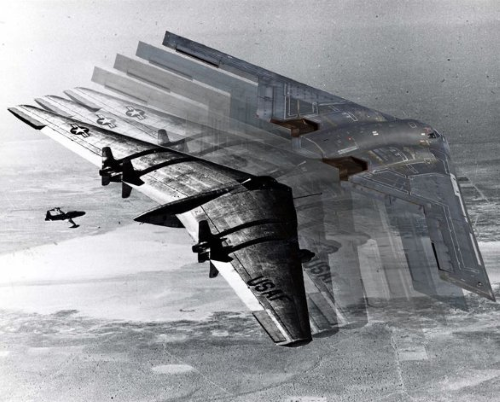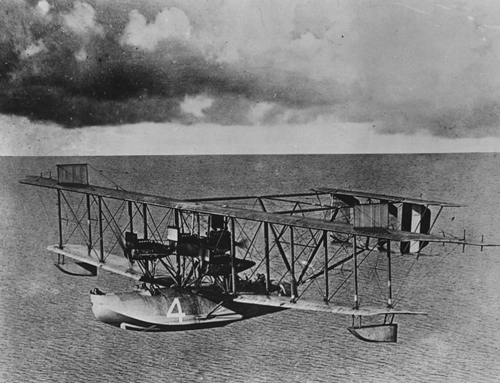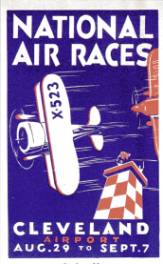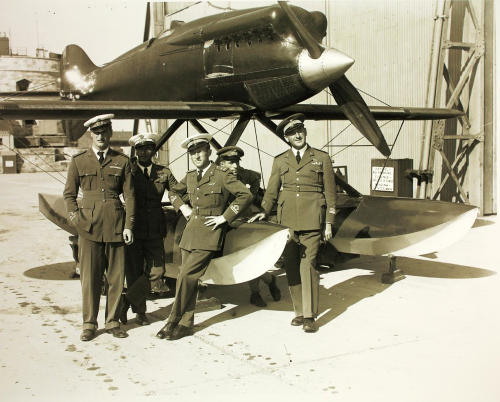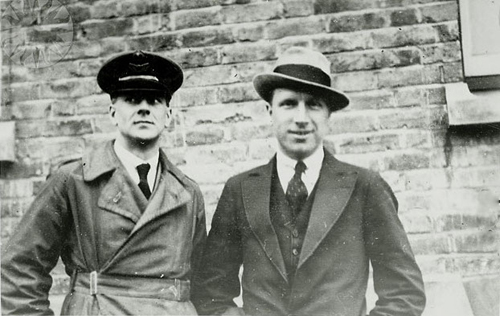History of the British Flying Wing The tailless aircraft concept was present in Britain throughout World War II, and many of the designs came from Handley Page, Armstrong Whitworth, General Aircraft Ltd., and de Havilland. The Handley Page Manx was designed by Dr. Gustav V. Lachman, and it had a single vertical fin on the Read More…
Blog
The Flight of the NC-4
Before World War I, there were no planes capable of flying from Newfoundland to Ireland. This was the shortest route across the Atlantic Ocean. It was a distance of 1,900 miles, or 3,057 kilometers, and no engine available at the time could reliably make the 20- to 30-hour-long journey. In 1913, Lord Northcliffe had put Read More…
The Great Aerial Races
Aerial racing in the United States began in 1910, when Glenn Curtiss and Louis Paulhan won races in Los Angeles. Paulhan also won the notoriously difficult London-to-Manchester race. Newcomer Claude Grahame-White won the Gordon-Bennett race on Long Island in late 1910. Related Article – 5 Best Low Time Pilot Jobs With 250 Hours In Europe, Read More…
The Schneider Cup
In France, Jacques Schneider was one of the people who pushed for advances in aviation. He argued that planes should be able to land on both water and land because many large cities are located close to large bodies of water. To encourage experiments with seaplanes and flying boats, Schneider created an international competition in Read More…
The Transatlantic Flight of Alcock and Brown
In the early 20th century, the Daily Mail newspaper offered numerous prizes for achievements in aviation. One of them was a £10,000 prize for the first transatlantic flight. In 1919, several teams arrived in Newfoundland to prepare planes and crews for such a crossing. Admiral Mark Kerr was working on the Handley Page V/1500, the Read More…

